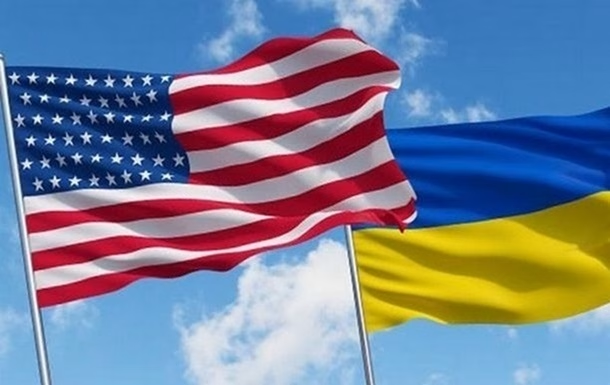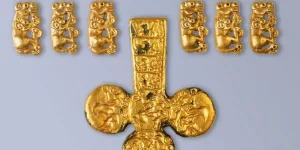Why is the minerals agreement a case of traditional American diplomacy? Let’s recall the “destroyers-for-bases” deal from World War II.
The agreement with the U.S. on the joint exploitation of mineral resources is strategically beneficial for Ukraine; any issues would only be in the details, which is precisely what diplomacy exists for. U.S. presidents have made similar agreements with allies before.
The most well-known example is the “destroyers-for-bases” deal of 1940 between the United States and the United Kingdom. These countries were extremely close and historically connected, having fought as allies in World War I. However, in World War II, the U.S. joined only two years later and only after Japan’s attack and Germany’s declaration of war, as strong isolationist sentiments in American society prevented President Roosevelt from providing assistance in any other way.
Here is how British Prime Minister Winston Churchill described this agreement in his memoirs. On May 15, 1940, Churchill appealed to U.S. President Roosevelt with a request to transfer 50 old destroyer-class ships to Britain:
“In Washington, we received an offer to transfer 50 old American destroyers to us in exchange for several bases on the West Indies and Bermuda Islands. Of course, there was no real comparison between the intrinsic value of these inefficient ships and the strategic security the U.S. gained through the bases. However, the threat of invasion made our need urgent. We believed, as always, that Britain’s existence was tied to that of the United States, so my colleagues and I considered that having these bases in American hands would be an obvious advantage. Therefore, I did not view this matter from a narrowly British perspective.
There was also a more significant reason than our need for destroyers. The transfer of 50 American warships to Great Britain was clearly not a neutral step on the part of the United States. From a historical perspective, this could have served as justification for the German government to declare war on the U.S. The transfer of destroyers undoubtedly brought the U.S. closer to us and to the war; this step was one of the first in a long chain of increasingly less neutral actions that provided us with exceptional assistance.
The president, who had to take Congress into account, was, of course, compelled to present this deal as an exceptionally beneficial arrangement.
The idea of leasing out a portion of these historic territories caused great concern among parliamentarians and the government. Had this matter been framed as a straightforward sale of British possessions in exchange for 50 destroyers, it would have faced strong opposition. That is why I sought to explain this agreement in terms of higher considerations, which I had every right to do, as it supported the common interests of English-speaking nations.
Thus, we received 50 American destroyers. In return, we granted the U.S. a 99-year lease on air and naval bases in the West Indies and Newfoundland. I saw all of this as parallel steps and gestures of goodwill. The president found it more acceptable to present it to Congress as a unified agreement. No one contradicted one another, and both countries were satisfied. The consequences for Europe turned out to be very significant.”
The destroyers played an important role in the war, which the U.S. eventually entered. Most of these bases were returned to Britain long before the lease expired—in the 1940s and 1950s. The last two bases were closed by the U.S. in the 1990s, far sooner than the agreement had stipulated, proving that it was merely a diplomatic maneuver to bring the U.S. closer to involvement in the war.
Thus, involving the U.S. and the European Union in the development of mineral resources in Ukraine is also strategically important and necessary for Ukraine.
Tags: History investigation Russia russia ukraine war security guarantees Ukraine war



















